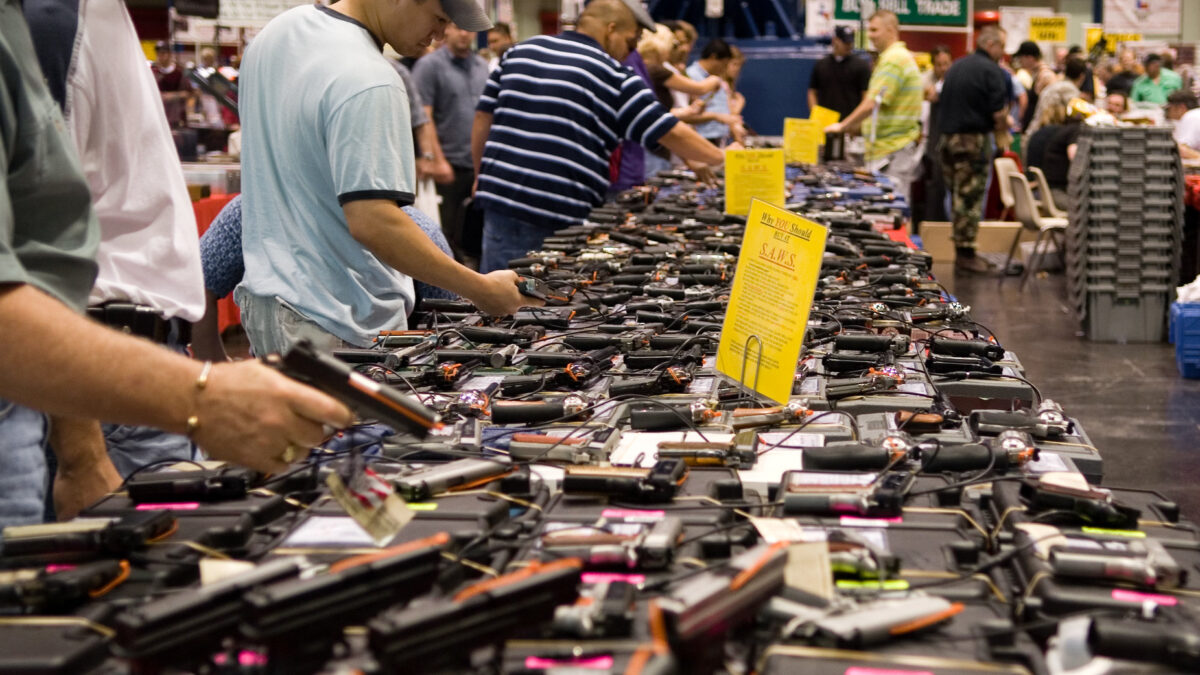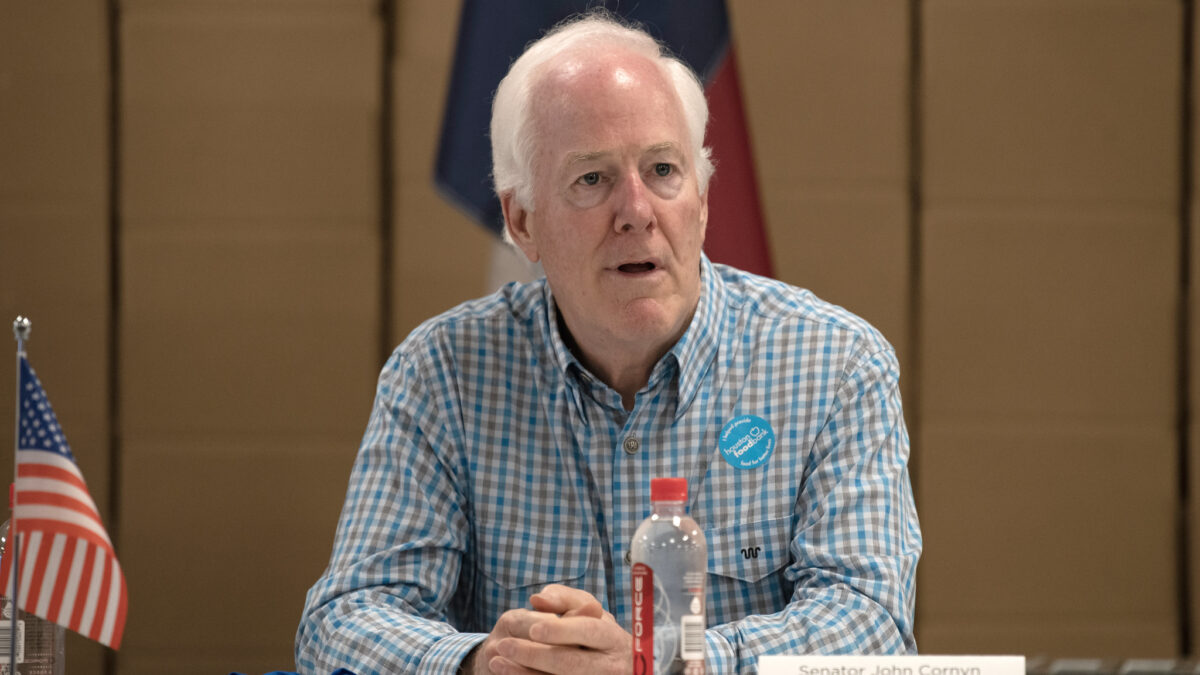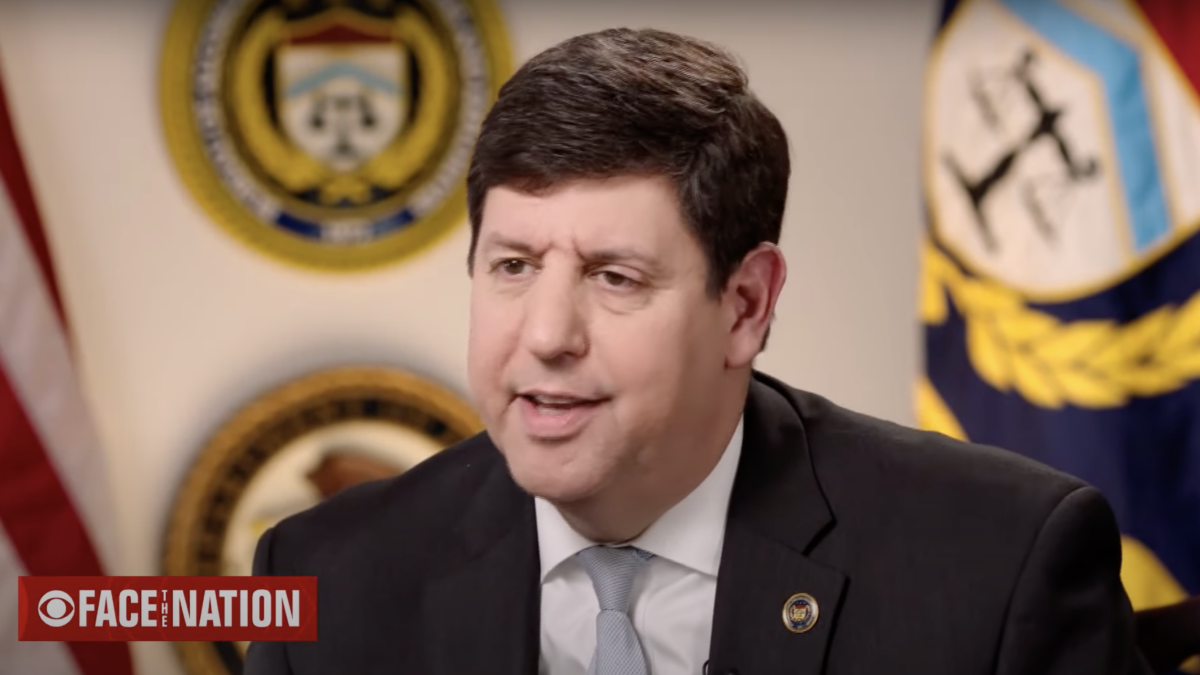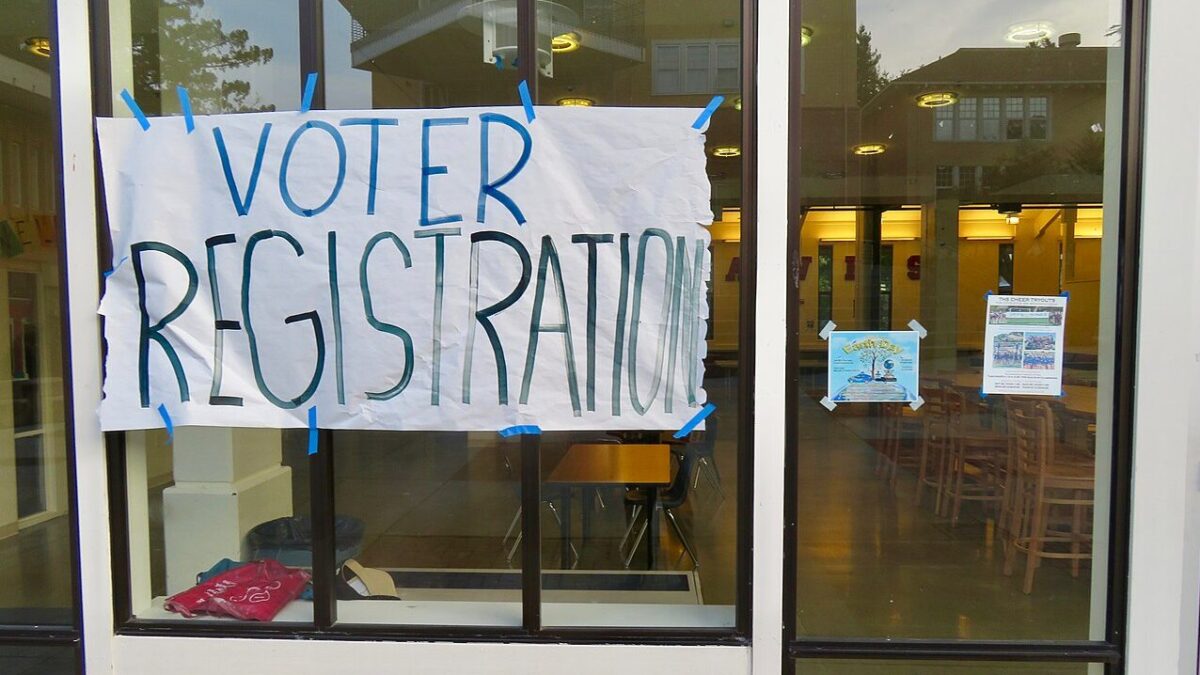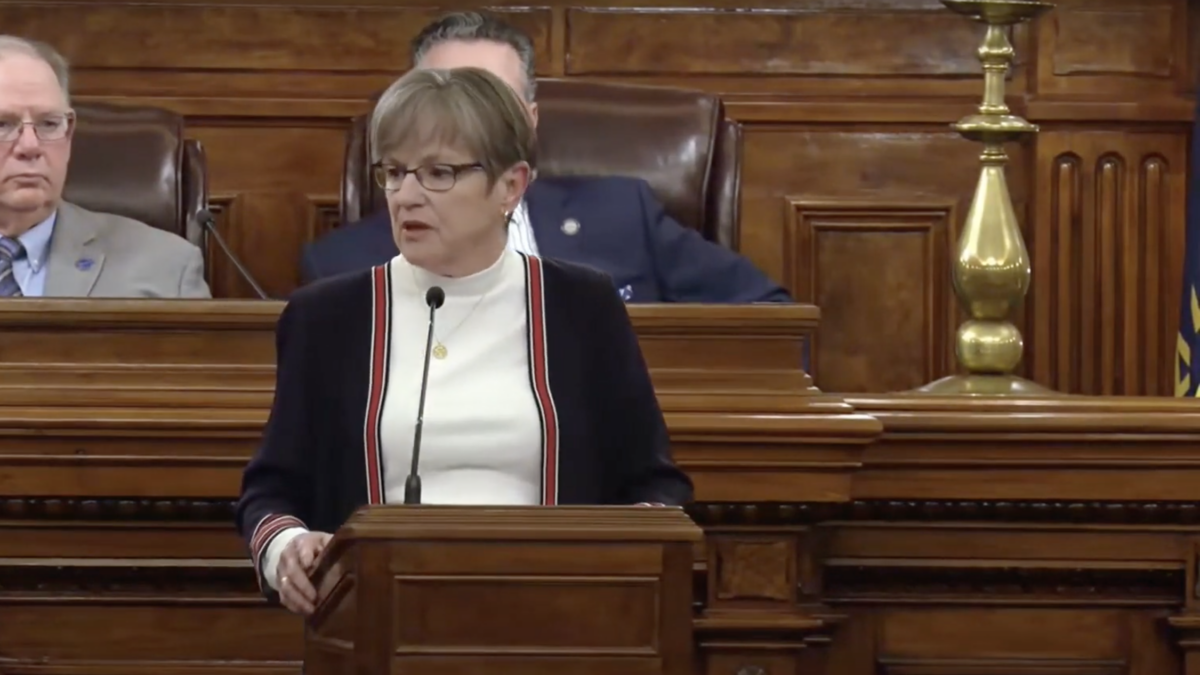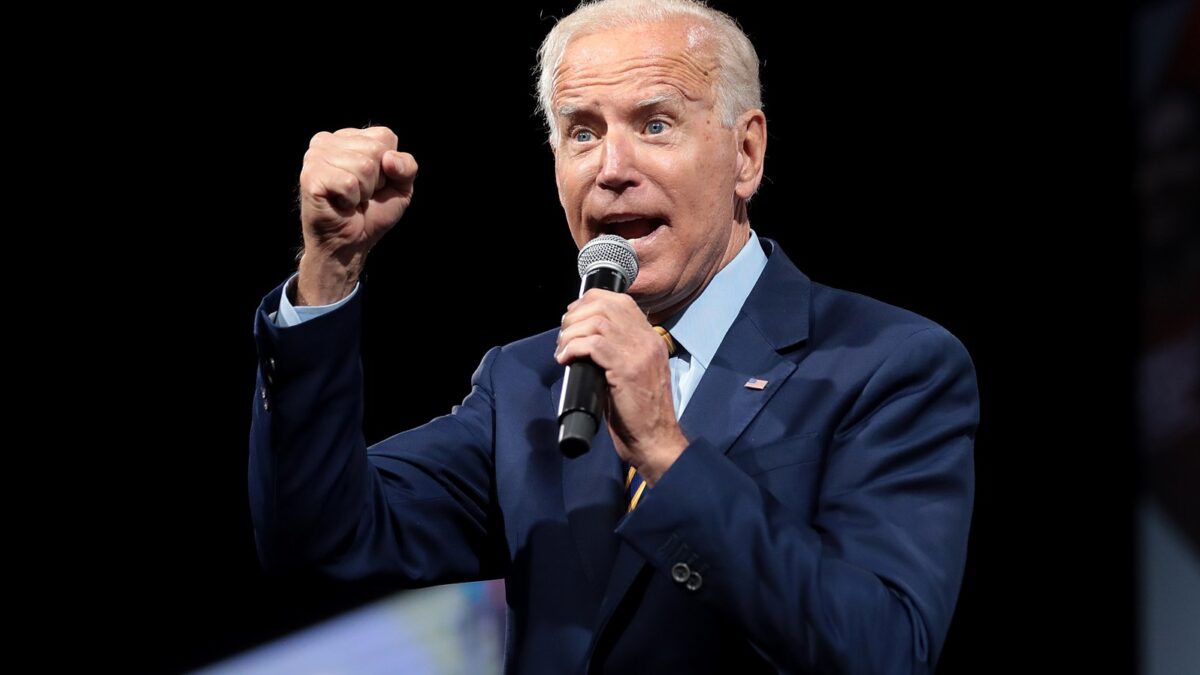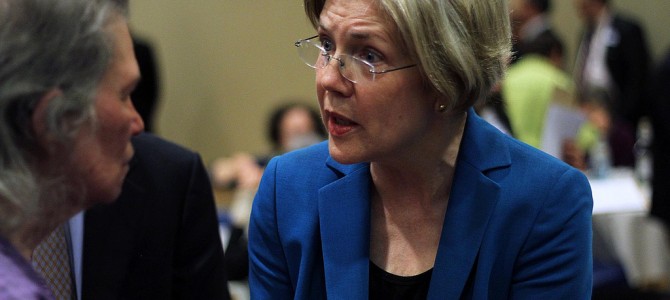
Democratic Sen. Elizabeth Warren recently tweeted a misleading statistic about school gun violence, in another example of Democrats skewing the facts to support an anti-gun narrative.
“Massachusetts has the lowest rate of gun deaths in the county [sic] & can serve as a model for the federal gov’t to develop policies to keep schools safe,” she tweeted. “@RepKClark & I surveyed MA educators & have a series of recommendations for @BetsyDeVosED to help stop gun violence in schools.”
Warren clearly meant “country” instead of “county.” But “covfefe” typo aside, Warren’s letter to Secretary Betsy DeVos is powerfully written, including evocative references to Columbine, Parkland, and “public attacks in which the shooter and victims were generally unknown to each other.” In other words, senseless murder.
Understandably, nothing tugs on the heartstrings more than the murder of those who never placed themselves in harm’s way. But when discussing these awful killings, some gun control advocates opportunistically inject statistics that border between subsidiary and negligible to the issue of homicide.
This is what Warren does here, in a manner some would disdainfully view as liberal elitist. If one state’s leader is going to preach, “We know best,” thereby tacitly discounting the policies and belief-systems of the people in all other states, the data behind the hubris had better be sound. However, Massachusetts does not possess the lowest rate of gun homicide in the country or some magic formula that specifically curtails gun murder.
According to The Centers for Disease Control and Prevention, Massachusetts’ age-adjusted firearm homicide rate has never ranked lowest in any year since CDC began recording this metric in 1981. From 2008 to 2014, Massachusetts ranked a commendable 37th in firearm homicide but an exceptional 46th in non-firearm homicide, indicating factors other than gun laws for the Bay State’s relatively low murder rate.
The only way Warren’s statement is true is by including gun suicides, a topic not mentioned in her letter to DeVos. Nearly two-thirds of gun deaths are suicides, of which 2.5 percent are associated with murder-suicides (approximately 530 of 21,386 CDC-reported firearm suicides in 2014). Massachusetts should be proud of leading the country in fewest gun suicides, and suicide is certainly a frightful epidemic. But there is little equivalence between killing someone and taking one’s own life.
Perhaps Warren’s unintended use of “county” is a Freudian slip. As some gun control advocates exclaim, local gun laws matter more than state gun laws. At the county level, comparing CDC’s age-adjusted gun death rates to the 2016 presidential election results demonstrates polar differences between homicide and suicide, and the available political gain to exploit.
Excluding third-parties, Hillary Clinton captured 84 percent of the vote in the top ten counties with the highest homicide rates 2008-2014, 67 percent in the top 100 counties, and 60 percent in the top 300 counties. By contrast, President Donald Trump garnered 80 percent in the top ten counties with the highest suicide rates over the same period, 75 percent in the top 100 counties, and 72 percent in the top 300 counties.
Side-by-side charts of the top 40 counties with the highest homicide and suicide rates nearly depict an inverse image:

Despite the lion’s share of firearm homicide clearly affecting Democratic-controlled districts, gun control advocates slyly add that one-third of murders to the two-thirds of suicides are from mainly rural Republican areas. Voila: the misleading political talking point.
Although Warren does not disclose her rhetorical factoid as driven by suicide data, at least she confines her talking point to Massachusetts. The more sweeping generalization among gun control advocates is deep blue states with strong gun laws have the fewest gun deaths, while red states with weak gun laws have the most gun deaths.
As proof, the advocates often point to the Annual Gun Law Scorecard by the Giffords Law Center to Prevent Gun Violence. While flunking most red states, the Scorecard routinely crowns California class valedictorian, followed by the northeast quintuple of Massachusetts, Connecticut, New York, New Jersey, and Maryland each receiving at least A- grades annually since 2014. Predictably, these six states voted Clinton over Trump 63-37 percent combined (excluding third-parties).
Next to each state’s grade is the Scorecard’s “gun death rate rank.” In 2014 California ranks 42nd, Massachusetts 50th, Connecticut 45th, New York 47th, New Jersey 46th, and Maryland a peculiar but seemingly benign 33rd. Conversely, the red states rank high: Idaho 16th, Montana 6th, and Alaska 4th.
Poor Wyoming is deemed the most unsafe state, a “fact” the Scorecard particularly denigrates: “Wyoming, a state with an F in 2014, has few laws regulating firearms and the highest gun death rate in the country. Wyoming and other states can improve their grades—and public safety—by, amongst other things, requiring background checks on all private gun sales and allowing local governments to regulate firearms.”
But according to CDC, Wyoming ranks 39th in age-adjusted firearm homicide rate 2008-2014; Alaska 29th, Montana 36th, and Idaho 45th. Meanwhile, California ranks 22nd, Massachusetts 37th, Connecticut 30th, New York 32nd, New Jersey 25th, and Maryland 7th. Seventh!
The difference, of course, is that the Scorecard includes firearm suicides. Like Warren, the Scorecard does not clearly disclose this fact. While the 2014 Scorecard is littered with references to Sandy Hook, assault weapon massacres, and domestic violence, there is not one mention of suicide anywhere. The same goes for the 2015 and 2016 Scorecards.
Warren and the Scorecard are hardly alone in promulgating this political chicanery. Even mainstream fact checkers have pinocchioed former President Barack Obama, Democratic Sen. Chris Murphy, and other gun control advocates for similarly misleading statements.
But with all the focus on homicide, the fact checkers ignore the suicide portion of the question. Why do some states have low gun homicide rates but high gun suicide rates? Correlation is not causation, but part of the answer likely relates to the bravest and most dutiful group of Americans.
Veterans comprise 8 percent of the adult population yet commit nearly 20 percent of the suicides. Those numbers are shocking considering veterans are generally superior physically, economically, and educationally compared to their civilian counterparts. Service members are required to undergo basic gun training, and 45 percent elect to own a gun in civilian life versus 20 percent of nonveterans.
According to the Department of Veteran Affairs, veteran males are 19 percent more likely to commit suicide than civilian males, and veteran females a staggering 250 percent more likely than civilian females. In 2014, the veteran suicide rate of each individual state was higher than the national suicide rate: California’s was almost double.
Unsurprisingly, veterans tend not to come from deep blue states. According to the Census Bureau’s American FactFinder, the “A” states of Massachusetts (47th), California (48th), New Jersey (49th), and New York (50th) trailed the pack in veterans per capita in 2014, with Connecticut (44th) and Maryland (32nd) not faring much better. By contrast, Alaska ranked 1st, Montana 4th, Wyoming 7th, and Idaho 12th.
This striking dichotomy becomes even more pronounced starting in 1973 when the United States ended the draft. For example, New Jersey ranks 49th overall but 1st in percent of veterans from the World War II era, 3rd from the Korean War era, 29th from the Vietnam era, 50th from the First Gulf War era (1990-2001), and 49th from the post 9/11 era (2001-2014). Similar extreme trends are seen in Massachusetts, Connecticut, and New York.
The national suicide rate has especially skyrocketed since 9/11. Almost half of post-9/11 veterans served with a comrade who had been killed. Sixteen percent of veterans were seriously wounded. And more than half personally know a fellow vet who has attempted or committed suicide.
As if that isn’t sobering enough, the true veteran suicide rate is likely much higher. Several statistics only include members honorably discharged from service. Sometimes coroners are not supplied proof of veteran status. Others are pressured by families not to record a death as a suicide out of a false sense of shame, an irony considering there are few acts more honorable than serving one’s country.
This is not to question civilians’ patriotism, including those in deep blue states. While some unscientific sources make specious conjectures about the patriotism of entire states, there are countless ways to show one’s patriotism besides joining the military. To suggest anything otherwise is insulting: Just ask the New Yorkers who lived through 9/11.
Likewise, there are countless economic, geographic, and sociological reasons why homicides and suicides occur in more states than others, and those reasons exponentially extend beyond gun laws. Our leaders should not misleadingly simplify the most complex issues, conflate statistics, and scare the public for political gain. To purposely cheapen the most important of issues isn’t just insulting, but divisive and immoral.
With Veterans Day approaching, let’s set aside the political gun control rhetoric, acknowledge our civilian privilege, and honor those who fought for the freedoms Americans uniquely enjoy. More importantly, reach out to the veterans in our social circles, especially the introverts we may see less often, personally thank them for their service, and check in on their well-being.


